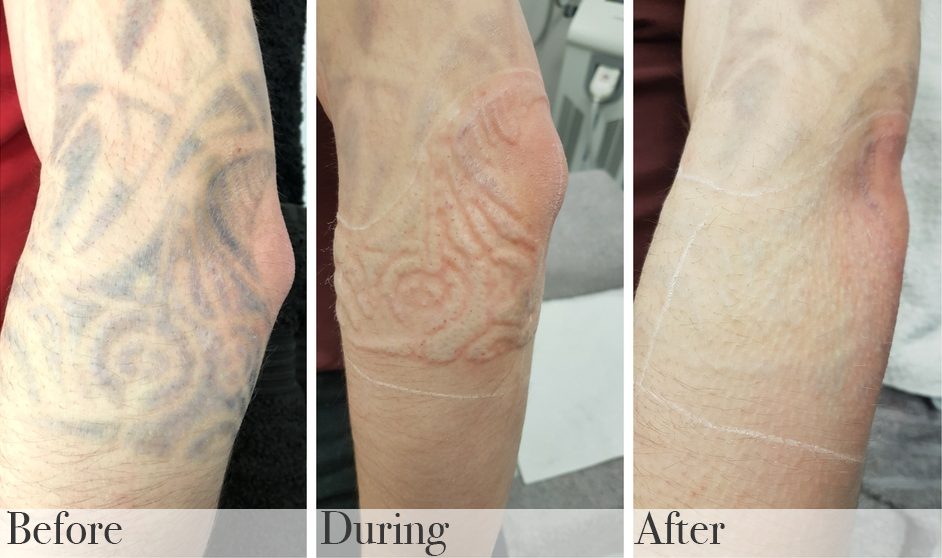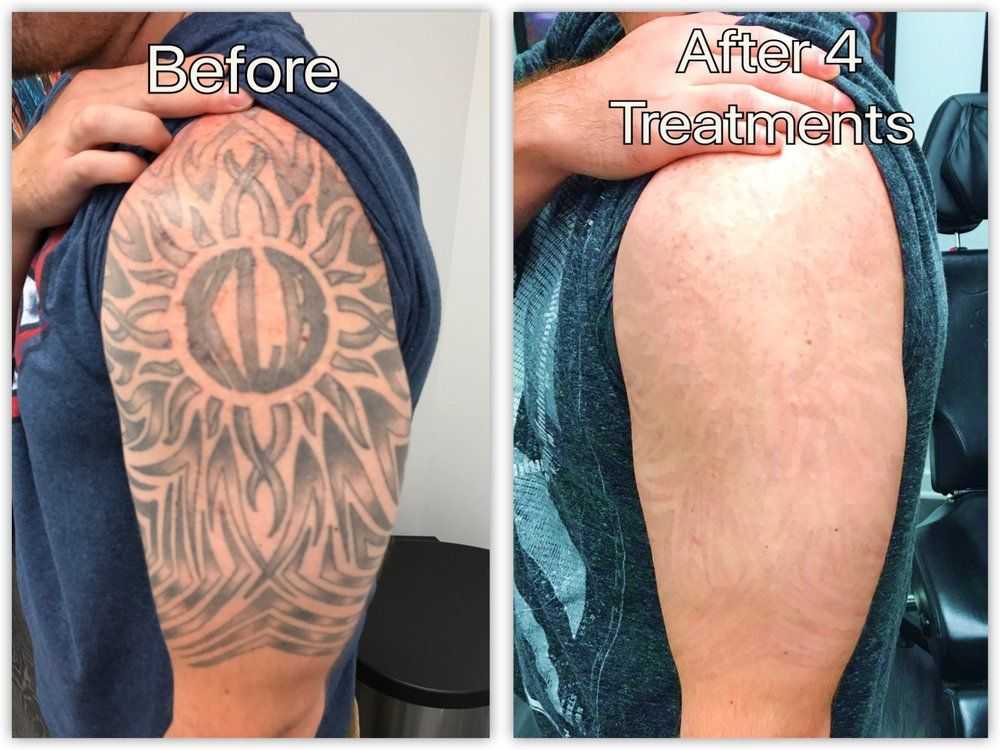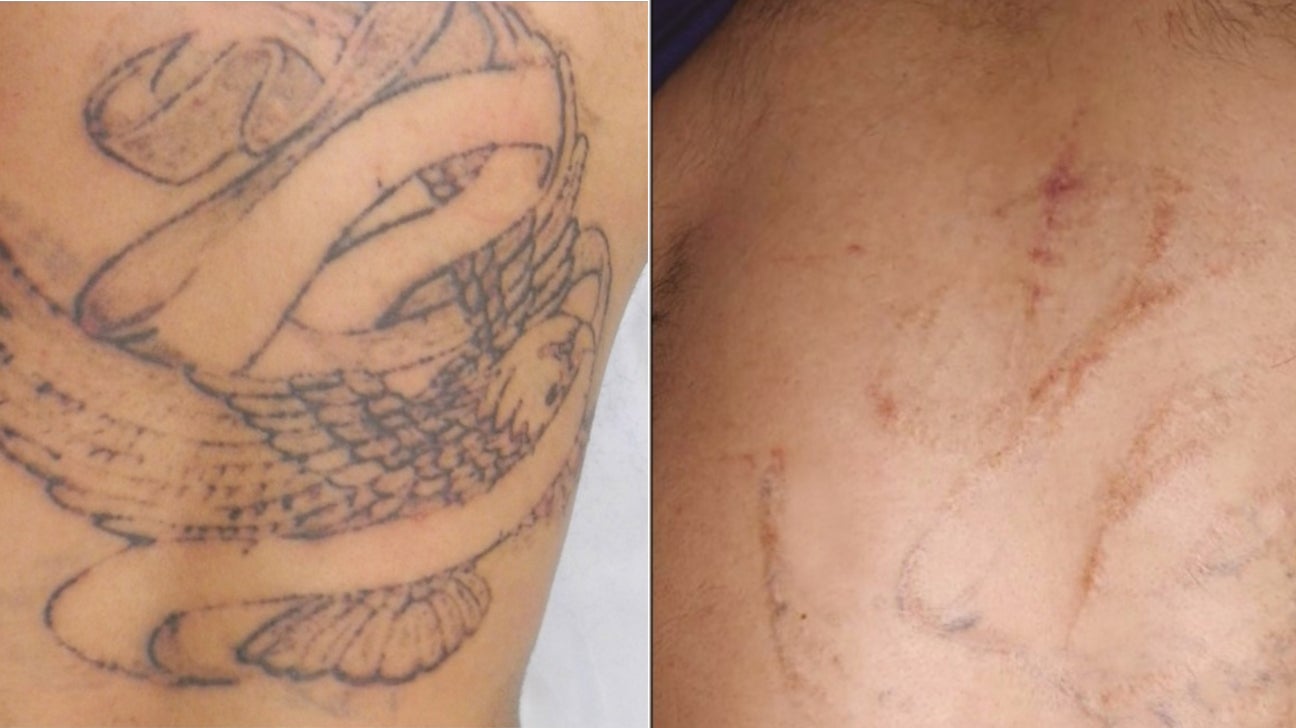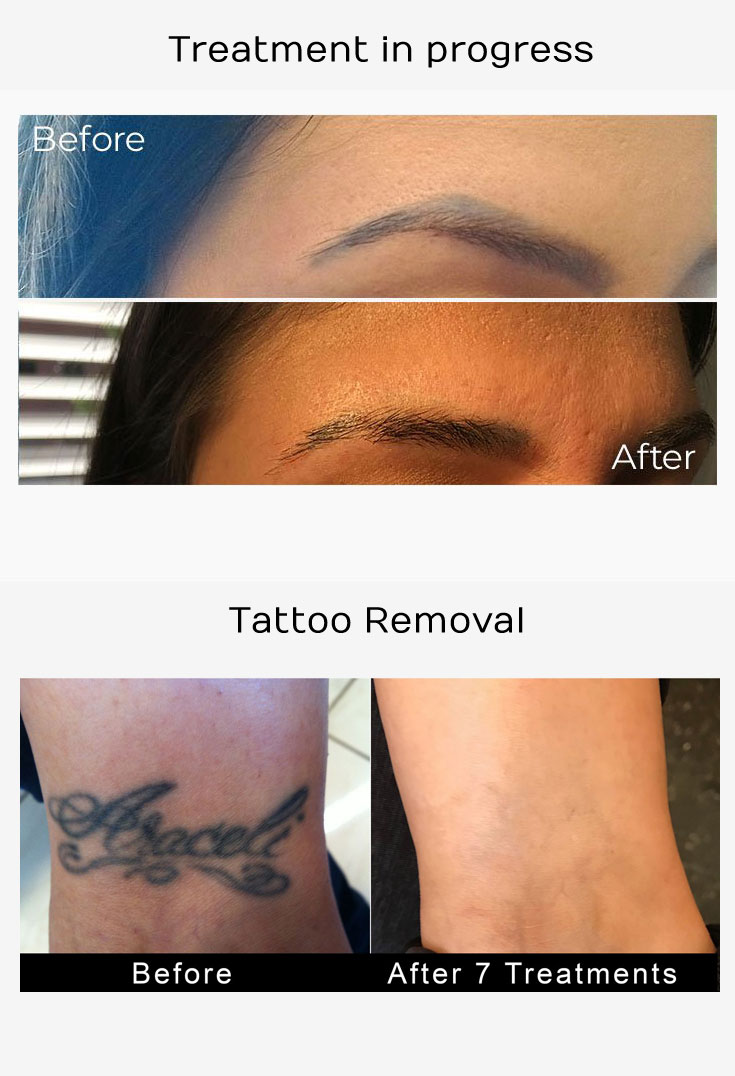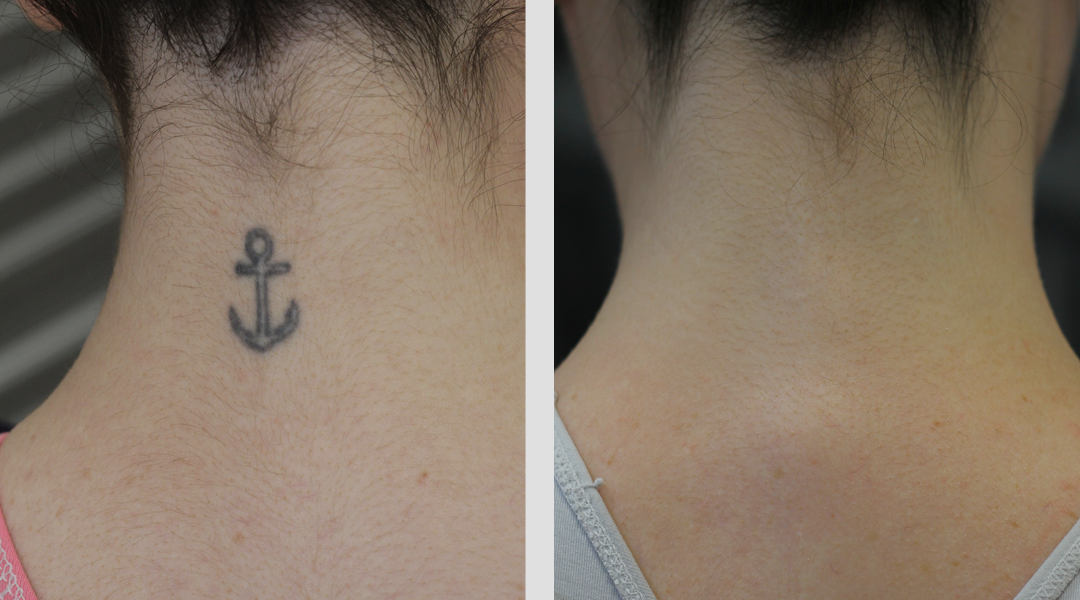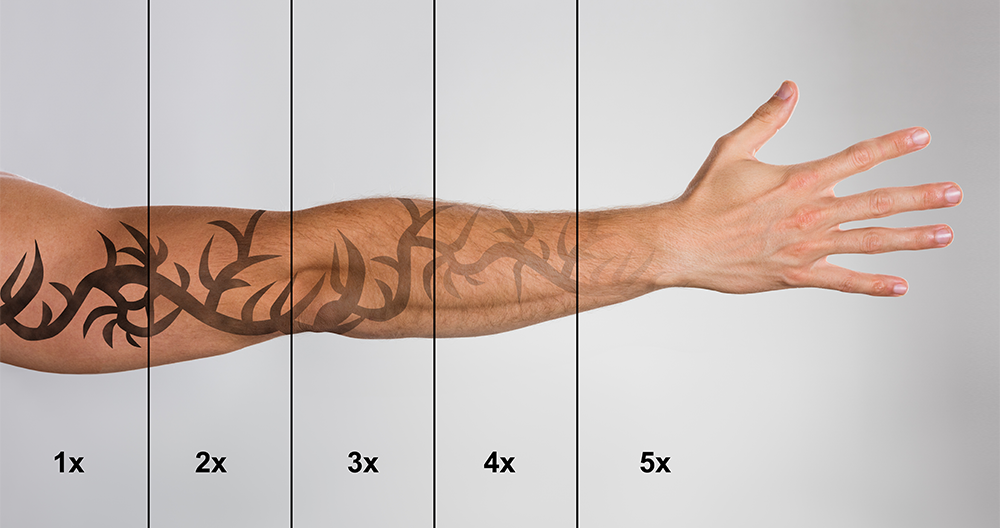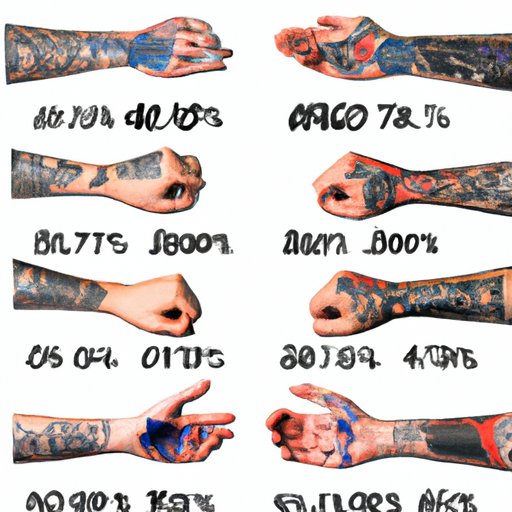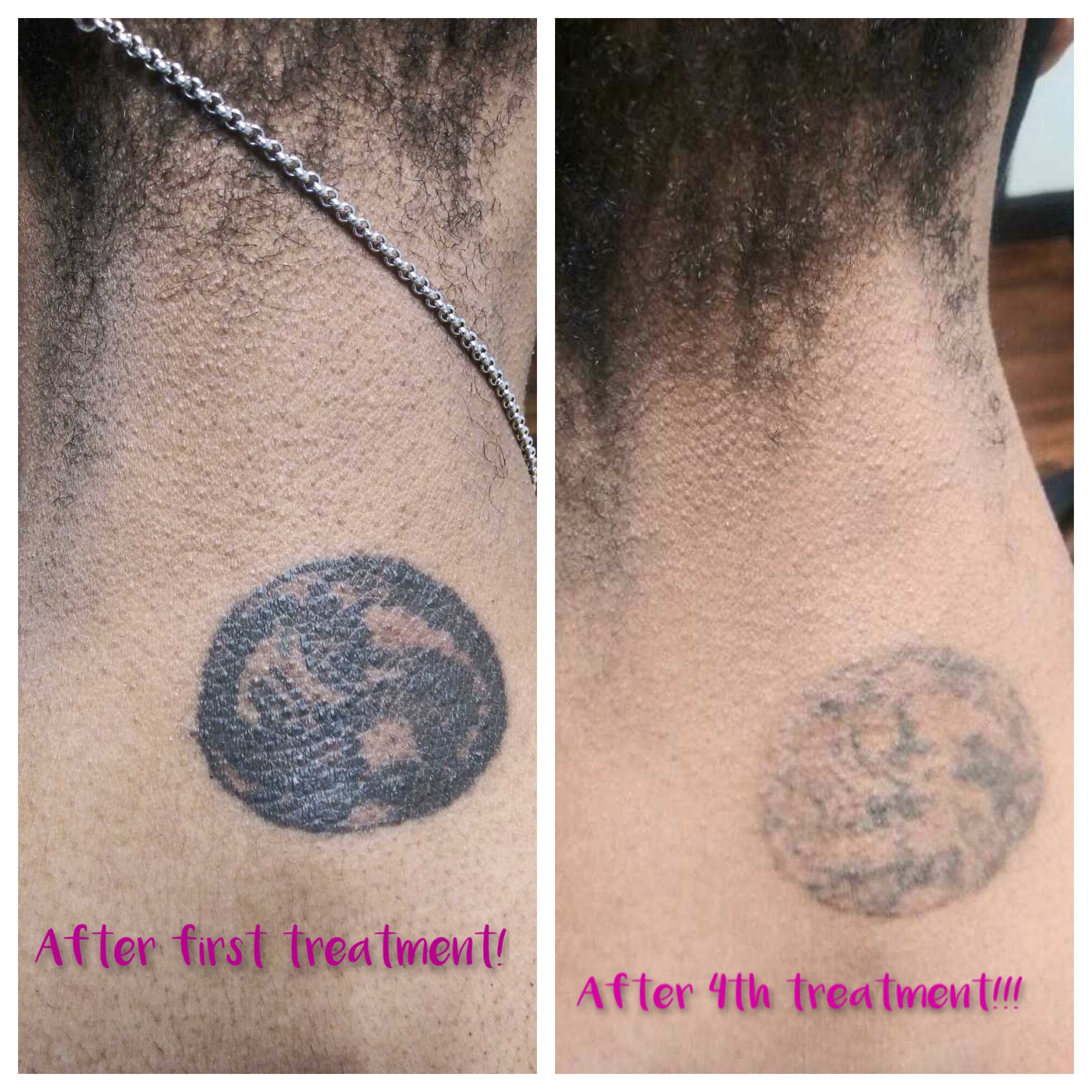

Getting rid of a tattoo is a big decision, both emotionally and financially. Tattoo removal costs vary widely depending on factors like size, color, location, and the chosen removal method.
Location, Location, Location:
The location of your tattoo significantly impacts the cost. Areas with thicker skin and less fat are generally easier to treat and therefore less expensive.
Hands & Feet: These areas are notoriously difficult due to the high concentration of melanin and thin skin.
Face & Neck: These areas are sensitive and require more precision, resulting in higher costs.
Back & Shoulders: These areas are generally more affordable due to thicker skin and a lower concentration of melanin.
Arms & Legs: Costs vary depending on the specific location, size, and color of the tattoo.
Tattoo Size & Color:
Larger Tattoos: Obviously, bigger tattoos require more sessions and therefore cost more.
Darker Colors: Black ink is the easiest to remove, while colors like red, blue, and green are more stubborn and require more treatments.
Treatment Method:
The most common tattoo removal method is laser treatment. However, other options like surgical excision and dermabrasion are also available.
Laser Treatment: Prices range from $200 to $500 per treatment session.
Surgical Excision: This method can be quite costly, ranging from $500 to $1000 or more.
Dermabrasion: This method uses a rotating abrasive to remove the top layers of skin, which can be painful and costly.
Other Factors:
Number of Sessions: Most tattoos require multiple sessions, which can add up.
Experience of the Technician: Experienced technicians may charge more but often achieve better results.
Location of the Clinic: Urban areas generally have higher costs.
Getting Accurate Quotes:
It's impossible to provide an exact cost without a consultation. Contact reputable clinics in your area and schedule an appointment. Be sure to discuss your tattoo's size, color, location, and your desired outcome. Remember to ask about the clinic's experience, payment options, and any additional costs involved.
Remember: Tattoo removal is a significant investment, so be sure to do your research and choose a reputable clinic and a qualified technician. Don't hesitate to ask questions and get multiple estimates to make an informed decision.


